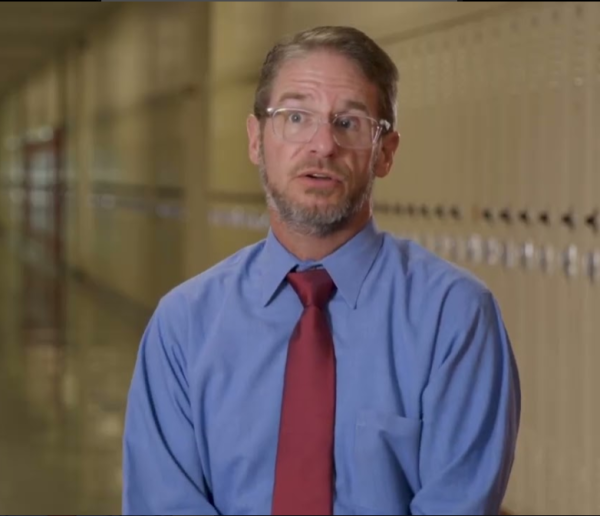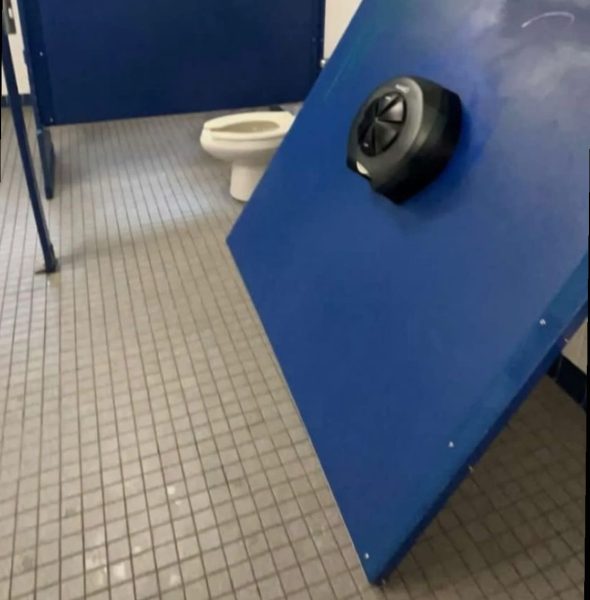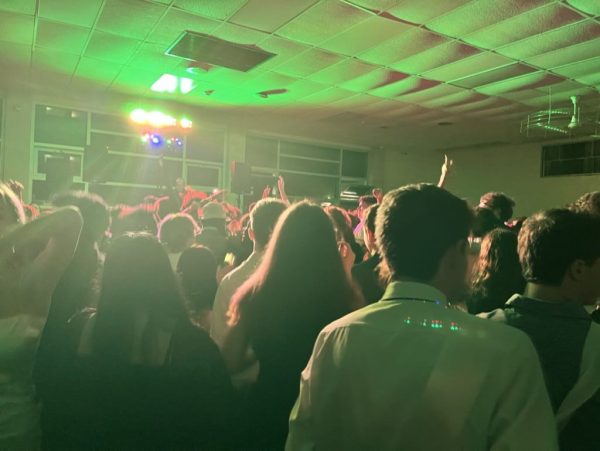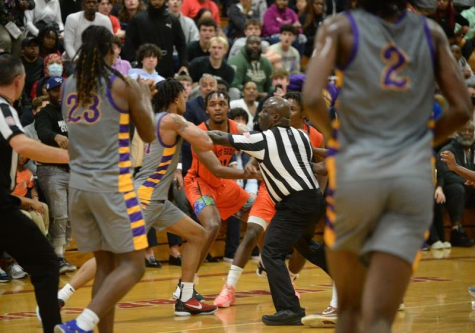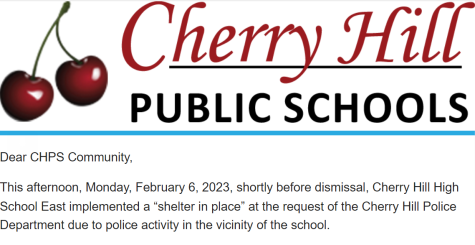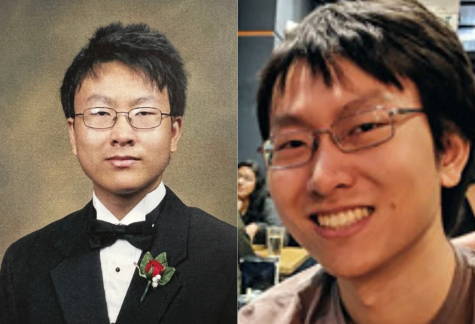Ms. Pitt looks to start new women’s history course at East
Courtesy of Dallas Morning News
Women’s history courses provide students with a more well-rounded understanding of history.
Something unique about Cherry Hill East is the variety of electives offered to students. Unlike other schools, East allows for courses ranging from the arts, to the sciences, none of which are required. While there are certain graduation requirements, like African American Studies or Financial Literacy, students’ schedules still allow for choice.
One teacher, Ms. Pitt, is looking to create a new elective available for students in grades 10-12 at East ‒ Women’s History in the United States. The course is designed to allow students to study the pivotal role women have played in the creation of the United States, and how their role has impacted society today.
Pitt is in her second year of teaching at East and when asked about why she wanted to create this course, she said, “I want to create a more equitable society and I really see a lot of our social issues today could probably be solved with education.”
Pitt went on to say that the reason she pursued teaching and specifically, becoming a history teacher, was due to the fact that she felt women’s history is not adequately addressed. She repeatedly spoke about the gap in the education system concerning females and how men are often spoken about more.
“We try to create this curriculum to study our past and along the way, we forget the women’s role. We focus on the founding fathers, but there are founding females, founding mothers, so to speak,” she said.
In order to determine student interest in the course, Eastside conducted a survey that collected the responses of 267 Cherry Hill East students. The data showed that 65.5% of students felt that women’s history was not adequately addressed in the current curriculum.
In addition to that, 58.3% claimed that they would be interested in a course centering around women’s history.
One ninth grader, Gabby Koren, who showed interest in the course, wrote that “I feel like it’s very important to study all different types of inequalities and challenges different groups of people have gone through.” She went on to say that “It would mean a lot to me and a lot of other people if we started a class like this to represent women and the challenges we have faced.”
So, since there is certainly student interest backing the course, what exactly would the class entail? Right now, it is planned to be a half-year course that focuses on different eras in the United States concerning women. Most interesting about this course, however, is how Pitt plans to get students involved. Instead of focusing on traditional papers, Pitt hopes to incorporate podcasts into her class. She wants students to pick a research topic involving women, and speak about it, instead of writing about it, with the goal of exciting her students.
With the introduction of this course, there would be an addition to the history department’s electives, and based on Eastside’s survey, it definitely seems as if it would receive interest. Moving forward, students should surely be on the lookout for this course.
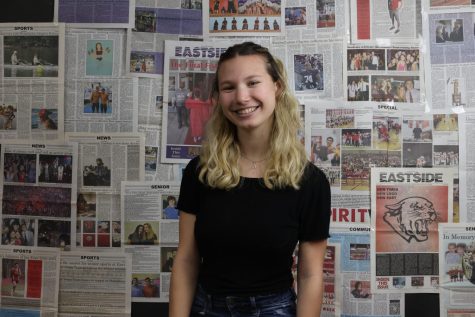
Brielle Lampf is one of Eastside’s Editor-In-Chiefs for the 2022-2023 school year and she is currently a senior! You can always catch Brielle at an Interact...


